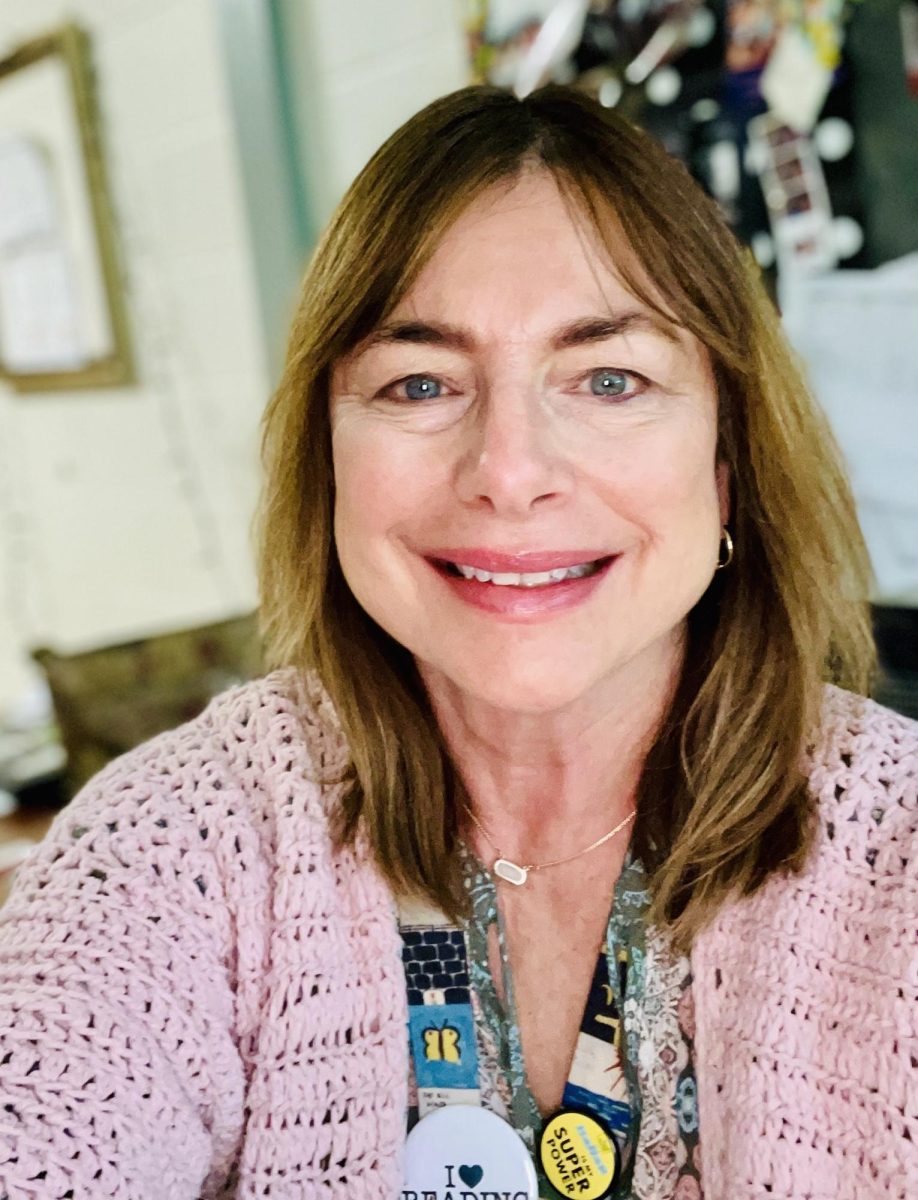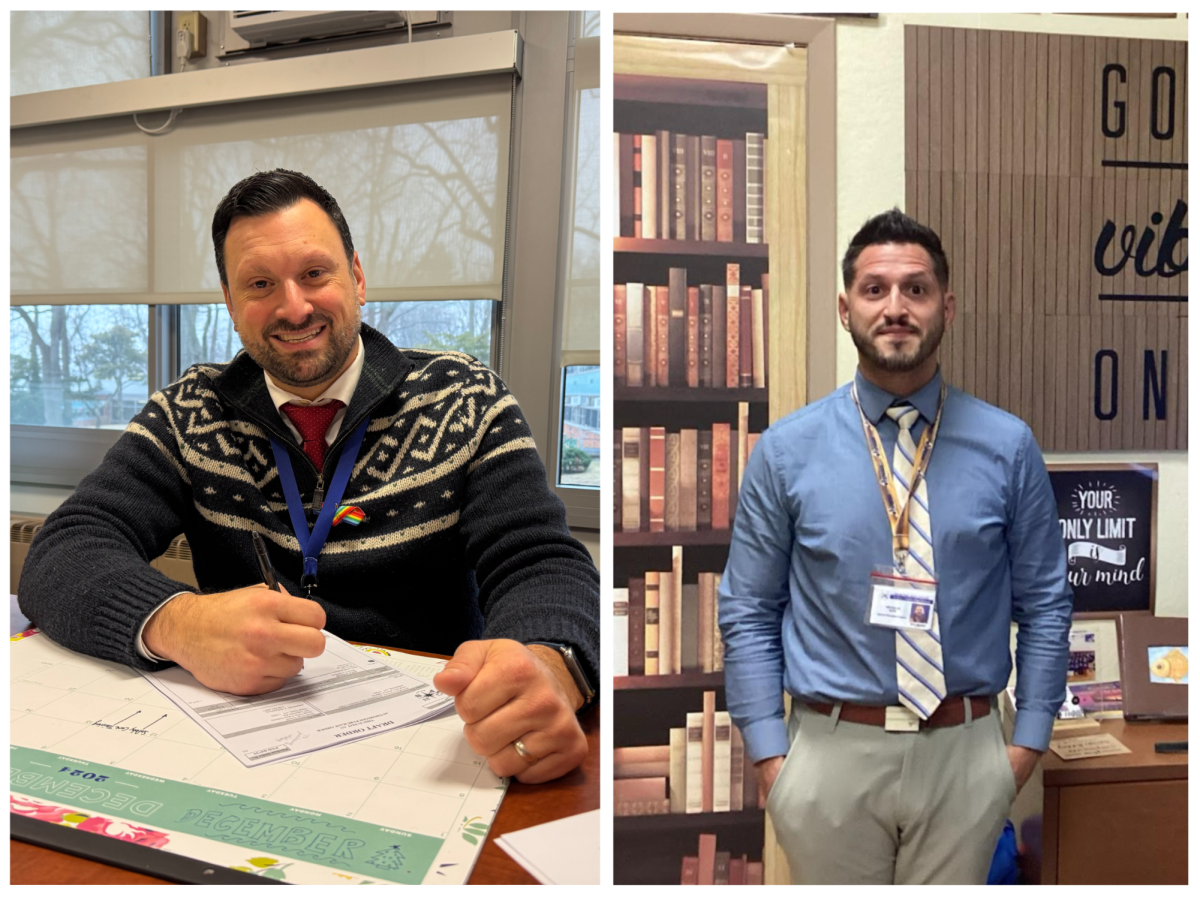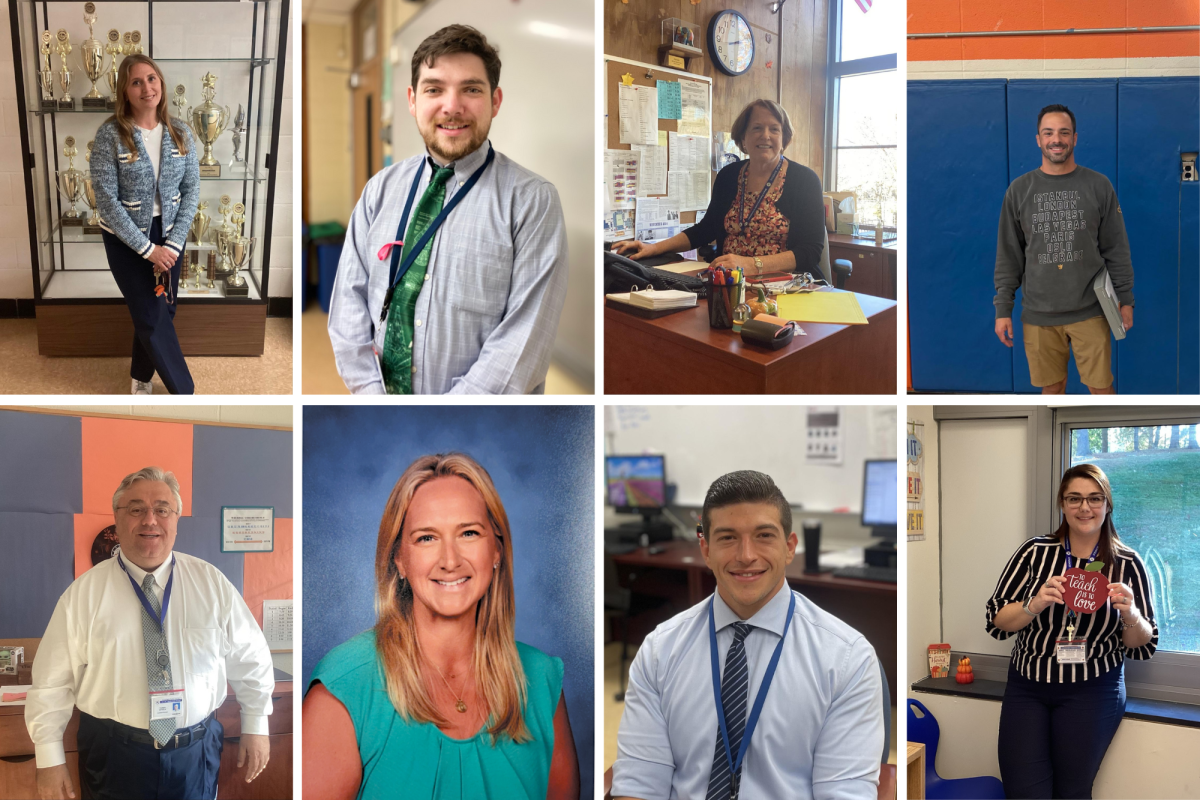Over the past 69 years, the Intel Science Talent Search (STS), regarded as the “nations oldest and most prestigious” science competition, has showcased the most creative and outstanding high school science projects on a national stage. By awarding each of the 300 semifinalists $1000, the scholarship program aims to encourage high school seniors to explore science and math. Of the 1,839 total applications, the Intel STS will select 40 finalists who will compete for the top award of $100,000 in Washington DC. This year, seniors Emily Bai, John Y., and Patrick Yang were named semifinalists.
Emily Bai
By Nikita Metharamani
After re-reviewing her incessant analysis of data and implications, revising already proofread essays and short responses, and organizing piles of research, senior Emily Bai anxiously submitted her application. Several months later, Bai learned she was named a semifinalist.
Bai’s research topic focused on designing and synthesizing an antibiotic to use against tuberculosis. There are over two million deaths from tuberculosis each year, along with the rise in multi-drug resistant strains of Mycobacterium tuberculosis. This reinforces the need for novel antibiotics to combat this deadly disease. Bai’s paper proved how a certain enzyme in tuberculosis, called InhA, turns into a death cell when effective inhibitors bind into InhA. It was a long process that required research, data analysis and studies of implications.
For the past few years, Bai has been interested in medicinal research; however, she enjoys many types of sciences such as biology, chemistry, and physics. According to Bai, “Scientific research can explain phenomena and predict the unknown. It gives meaning to science classes because then you’re learning about established knowledge and building on that with new research.”
Being recognized as one of the 300 semifinalists in the nation was overwhelming for Bai. “In one word: unreal. It suddenly gives all the work and research in the past few months a lot more meaning. It used to be just something I was curious about, a valuable experience, but now it has become something larger than me.”
This achievement has motivated Bai to continue studying science. “I’m not sure how it will play out. I’m thinking about continuing in science research, or going into a field where I can see science being used in society, like public health.”
With this experience in mind, she gives a word of advice for future applicants: “In my first and perhaps only conversation with the busy principal investigator, he said that in research, ‘curiosity is the most important.’ For those planning to submit to Intel one day, choose a project you’re curious about. From there, inspiration and passion will follow naturally, and there will be something rewarding.”
John Y.
By Jordan Aronowitz and Hannah Cohen
Due to senior John Y.’s schedule, he was never able to participate in South’s research program, but because of his love for science and desire to discover, he was able to work around this obstacle. After attending a Holiday Lecture on Science for High School Students hosted by Dr. Sohail Tavazoie, the head of the Elizabeth and Vincent Meyer Laboratory of Systems Cancer Biology at Rockefeller University, he narrowed his research interest to breast cancer and colon cancer.
After receiving the Great Neck Breast Cancer Coalition’s Students and Scientists scholarship, John Y. conducted his experiments over the course of two months in the Multi Functional Nano & Supra Molecular Biosystems Laboratory at SUNY Stony Brook where he was advised by Dr. Balaji Sitharaman. John Y.’s experiment assessed “the cytotoxicity of a grapheme oxide nanoribbon (GONR),” a type of carbon-based nanoparticle that has much potential to revolutionize the field of nanomedicine, on an established human breast cancer cell, SkBr-3. The nano particle has been explored to see where it could be applied in the field of medicine, such as multi-functional tumor detection agents, medical imaging contrast agents, and drug delivery agents, which would help to diagnose and improve the accuracy and efficiency of drug treatment.
In November, John Y. presented his research to the public at the national Breast Cancer Environment Research Program Conference. This showed him that his topic is very important to the lives of many and demonstrated that there’s hope for people with cancer because of scientists’ ongoing research.
John Y. was thrilled that the intense lab work he has accomplished will be put to good use in fighting cancer. He said, “I will look back to this experience as my first steppingstone in my lifelong [fight for cancer research].”
Patrick Yang
By Jordan Aronowitz and Hannah Cohen
One in six men in the United States will be diagnosed with prostate cancer. Although various precautions can prevent or contain the disease, many are painful and unsuccessful. Watercress extract, however, simply and painlessly, has changed prostate cancer treatment.
For his Intel experiment, senior Patrick Yang studied the mechanism by which the “Human Prostate Cancer Cell Death is Induced by Watercress Extract.” Watercress extract is an aquatic plant found all over the world that led to the death of prostate cancer cells, increasing victims’ chances of recovery.
In the Science Research Honors class, Yang experimented with four-leafed plants and found out that they have antibacterial effects on bacteria, signaling that they have chemo-preventive effects. Encouraged by science teachers Dr. Jim Truglio and Dr. Carol Hersh, Yang worked at the Department of Oncology at the New York Medical College during the summer and experienced the experimental method first hand.
Yang has always had an interest in science. He has attended summer research programs, including the Columbia University Science Honors program. In addition, his grandfather and parents have had a tremendous influence on him since an early age.
Yang highly recommends anyone with an interest in science to take many science classes, pursue their interests, and conduct research. He said, “From hypothesis to conclusion and writing up my results, I gained a more realistic and enlightening view on how research is done. I will definitely remember the time and effort I put into this project. I am glad my hard work paid off and my project was recognized.”
Categories:
Three South Students Named Intel Semifinalists
February 2, 2012
0
More to Discover





